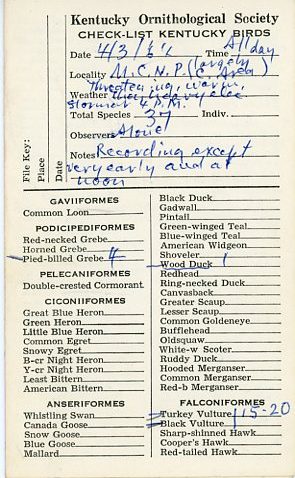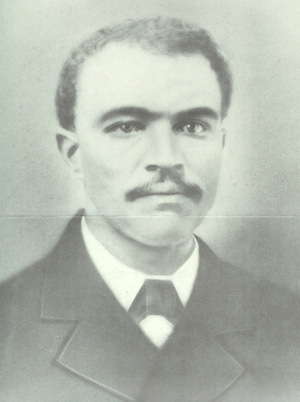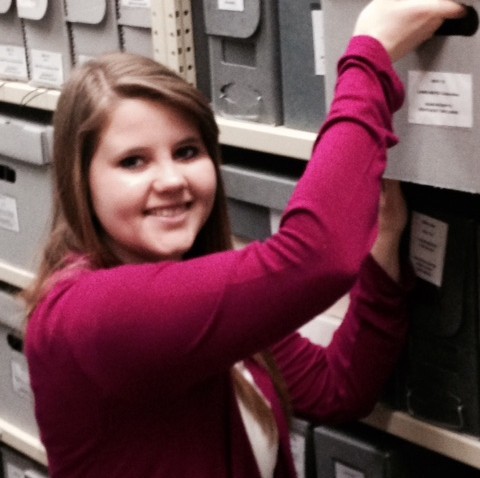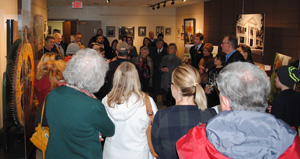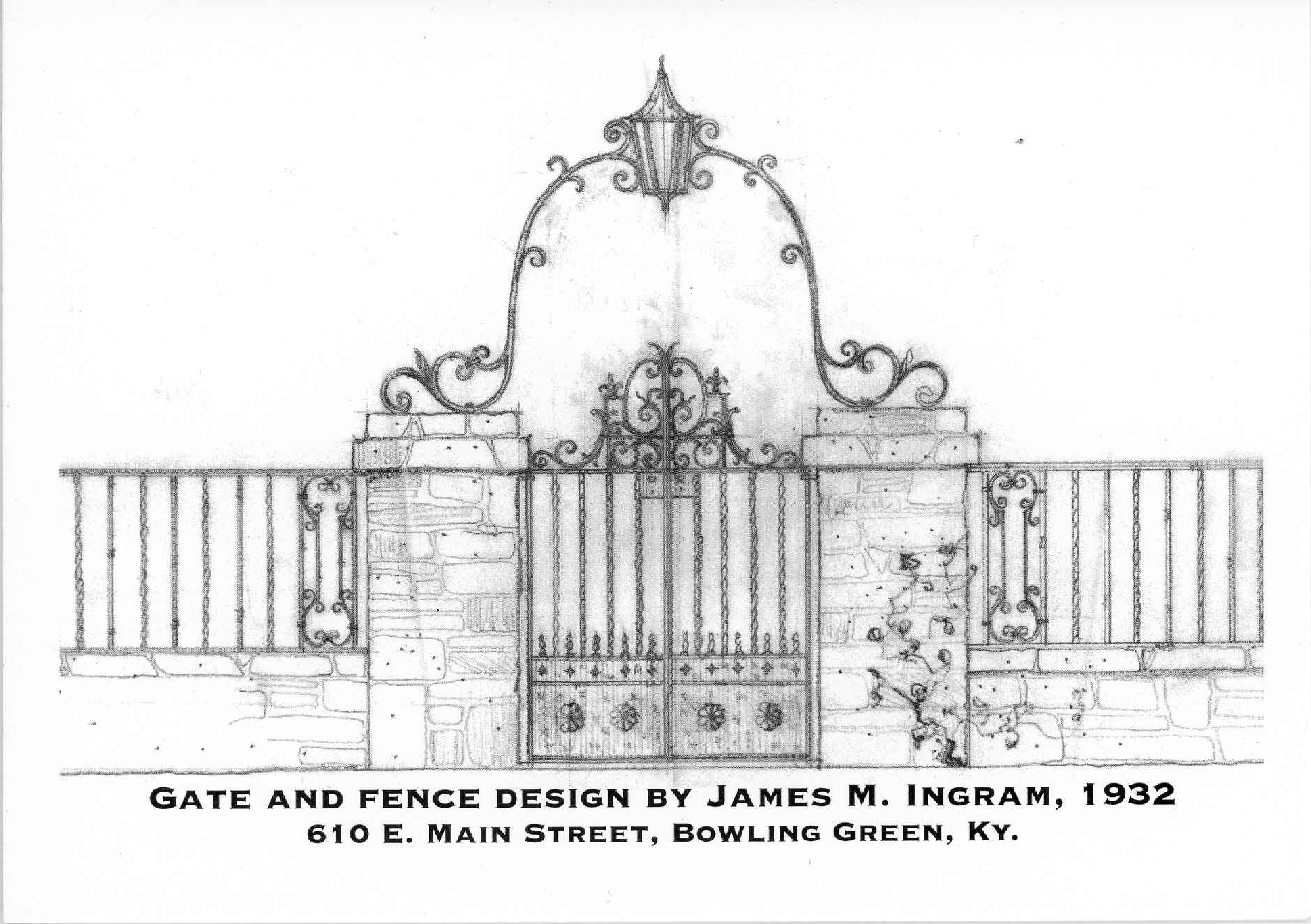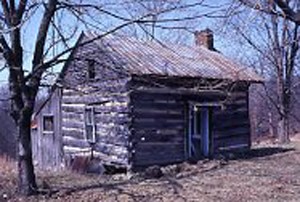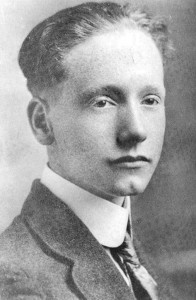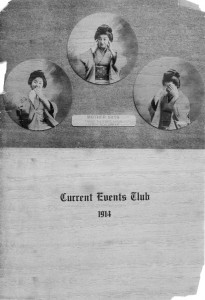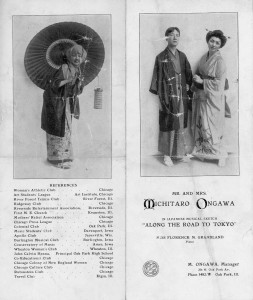“Tiny Treasures,” curated by Special Collections Cataloger, Joseph Shankweiler, contains several pieces related to Dr. Gordon Wilson, former professor and head of WKU’s English Department as well as avid bird watcher. The exhibition features miniature books from the Department of Library Special Collections (DLSC), and one case highlights several bird identification guide books. To enhance the case, the curator chose a pair of field glasses (loaned by the Kentucky Museum) that Gordon Wilson used on his well-known bird watching expeditions. Also included in the case are several bird checklist cards, produced by the Kentucky Ornithological Society, on which birders could mark the specific birds they spotted on individual treks. These two small cards, from a collection of close to 1000 similar cards in Dr. Wilson’s papers, document a trip taken in 1964 to Mammoth Cave National Park.
Alexander Gordon Wilson was born on 14 October 1888 in New Concord (Calloway County), Kentucky. He attended local public schools and Clinton College and afterwards taught in the rural schools of Hickman County. He entered the Western Kentucky State Normal School, now Western Kentucky University (WKU), Bowling Green, Kentucky, in January 1908 and received a life teaching certificate in 1913. He then matriculated at Indiana University, where he received his bachelor’s degree in 1915, a master’s degree in 1924 and a Ph.D. in 1930. The two later degrees he earned while teaching at WKU. Wilson became an English instructor in 1915; he was formally appointed department head in 1928 and held that position until his retirement in 1959. Besides teaching the classics, Wilson was nationally recognized as a folklore expert. A finding aid to Dr. Wilson’s collection can be found by clicking here.
Wilson was an accomplished amateur ornithologist. He began observing birds around 1909 and recording information about his nature walks and sightings while he was at Indiana University. Upon returning to Bowling Green, he became more serious about the avocation and published his first major article on birds in The Auk (1921). His fieldwork concentrated on south central Kentucky and he published several articles and pamphlets about the area’s birds. Wanting to share his information with fellow enthusiasts, Wilson helped found the Kentucky Ornithological Society in 1923 and edited its publication, The Kentucky Warbler, for a number of years. In recent years, DLSC, in cooperation with the Kentucky Ornithological Society, has digitized copies of The Kentucky Warbler. They can be accessed by clicking here.
“Tiny Treasures” will be on exhibit through December 8, 2016, in the Kentucky Building’s Jackson Gallery.


